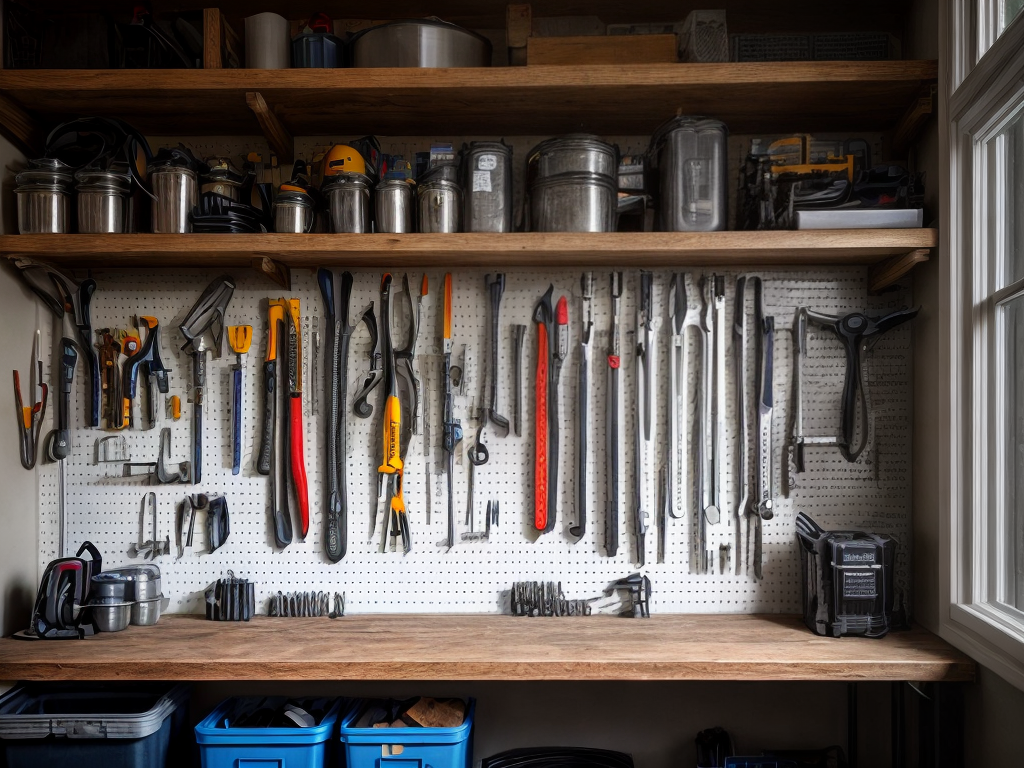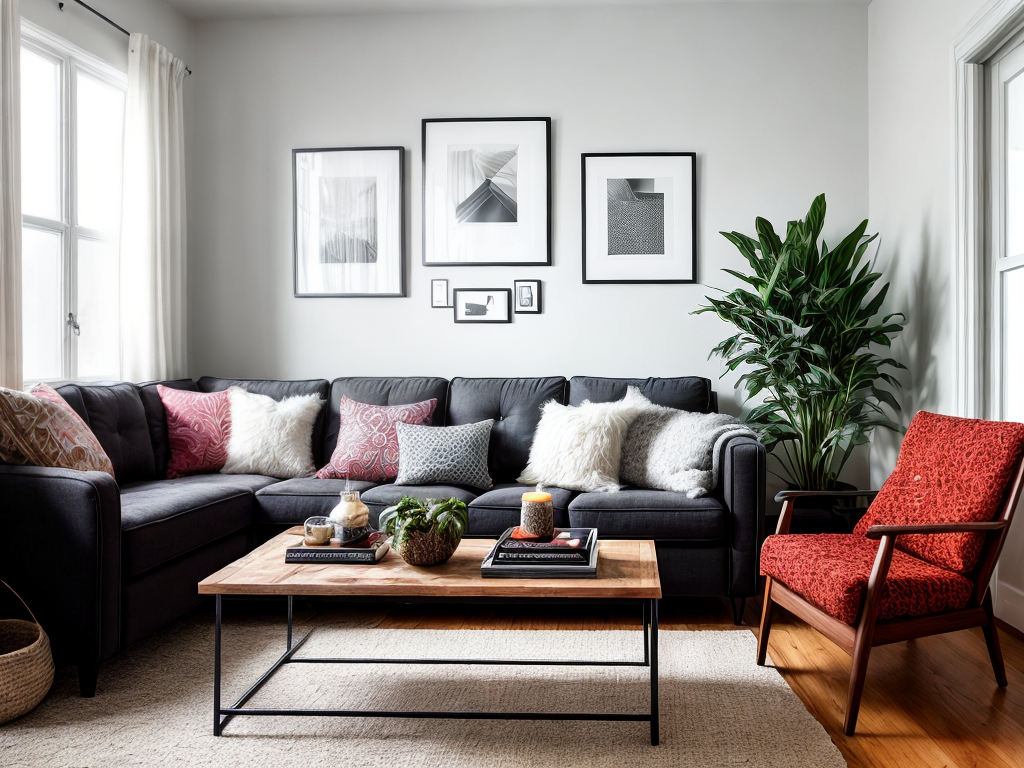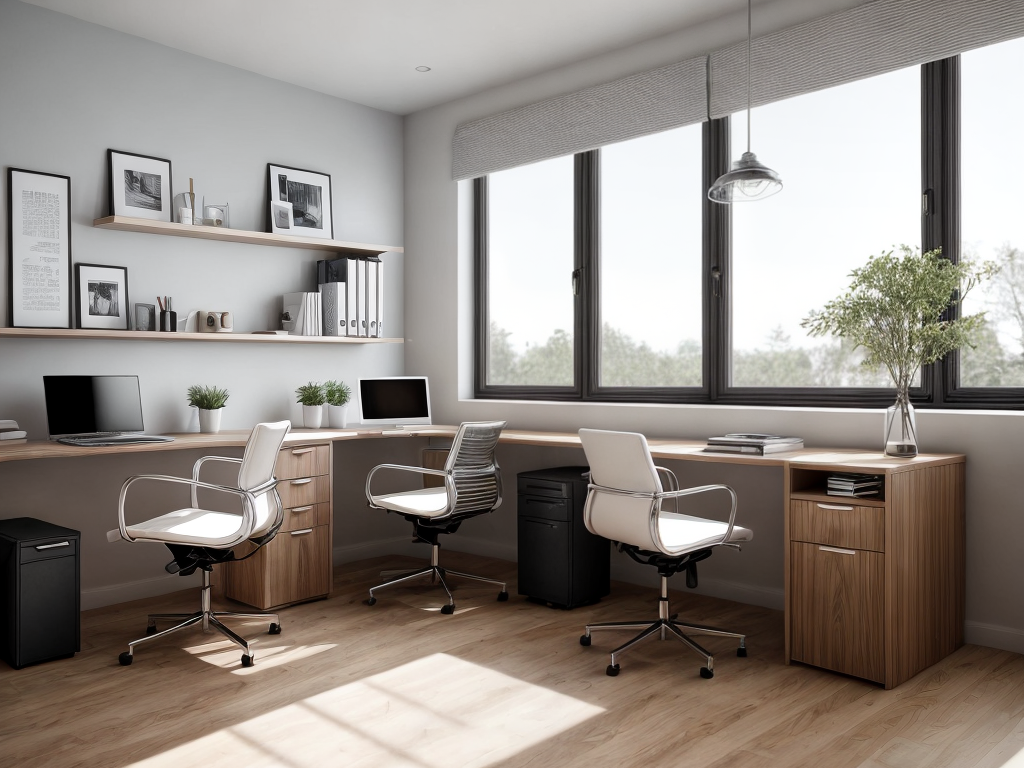
As I step into my home, the walls seem to whisper the changes that have taken place within these familiar confines. The pandemic has left an indelible mark on our lives, altering our priorities and reshaping our daily routines. With more time spent indoors, our homes have become a sanctuary, a refuge from the outside world. And in this new era, our design preferences have adapted to reflect the lessons we have learned. In this discussion, we will explore the changes in home design post-pandemic, from the rise of home offices to the integration of technology and the emphasis on health and wellness. Join me as we uncover the evolving landscape of home design and the ways in which our spaces have transformed to meet our changing needs.
Increased Demand for Home Offices
With the rise of remote work due to the COVID-19 pandemic, there has been a significant increase in the demand for home offices. This remote work revolution has brought about a shift in the way people think about their living spaces. As more individuals are now working from home, the need for a dedicated workspace has become essential. Designing for productivity has become a top priority for homeowners, as they seek to create an environment that fosters focus and efficiency.
When it comes to home office design, there are several key factors to consider. First and foremost, the layout of the space should promote productivity. This includes having a comfortable desk and chair setup, ample storage for organizing documents and supplies, and good lighting to reduce eye strain. Additionally, incorporating elements that inspire creativity and motivation, such as artwork or plants, can further enhance the overall work environment.
Furthermore, creating a designated area for the home office is crucial for maintaining work-life balance. This separation helps individuals to mentally switch between work mode and relaxation mode, promoting better focus and productivity during working hours.
Emphasis on Multi-functional Spaces
As homeowners adapt to the changing needs brought about by the pandemic, there is a growing emphasis on creating multi-functional spaces within the home. Here are some key trends and features that are emerging in this regard:
-
Creative storage solutions: Homeowners are looking for innovative ways to maximize storage space in their multi-functional rooms. This includes built-in shelves, hidden storage compartments, and modular furniture with storage options.
-
Flexible furniture arrangements: With the need for multi-functionality, homeowners are opting for furniture that can be easily rearranged to accommodate different activities. This includes modular sofas, foldable tables, and movable shelves.
-
Versatile room layouts: Homeowners are rethinking the layout of their rooms to make them more adaptable to different uses. This can involve removing walls to create open-concept spaces or using room dividers to create separate zones within a room.
-
Integration of technology: As more activities are being conducted from home, technology integration is becoming increasingly important. Homeowners are incorporating smart home systems, wireless charging stations, and built-in charging ports to accommodate their technological needs.
-
Outdoor extensions: Creating multi-functional spaces extends beyond the interior of the home. Homeowners are also focusing on creating outdoor areas that can serve multiple purposes, such as outdoor kitchens, dining areas, and relaxation spaces.
Outdoor Living and Recreational Areas
Following the growing emphasis on creating multi-functional spaces within the home, the focus now shifts to outdoor living and recreational areas. In the wake of the pandemic, people have come to appreciate the benefits of spending time outdoors and have started prioritizing the design and functionality of their outdoor spaces. Outdoor entertainment spaces have become increasingly popular, as homeowners look for ways to create inviting areas for socializing and relaxation. This includes the integration of features such as outdoor kitchens, fire pits, and comfortable seating areas.
Another significant trend in outdoor design is sustainable gardening. Homeowners are increasingly interested in creating environmentally-friendly outdoor spaces that promote biodiversity and conservation. This involves incorporating native plants, utilizing organic gardening practices, and implementing water-saving techniques such as rainwater harvesting and drip irrigation systems. Sustainable gardening not only helps to reduce the environmental impact but also creates a tranquil and aesthetically pleasing outdoor environment.
Enhanced Home Technology Integration
Homeowners are increasingly integrating advanced technology into their homes to enhance convenience and efficiency. With the rapid advancement of technology, smart appliances have become a popular choice for many homeowners. These appliances can be controlled remotely through smartphones or voice assistants, allowing for greater convenience and energy savings. Virtual reality integration is another emerging trend in home technology. Homeowners are using virtual reality to visualize and customize their homes before construction or renovation begins. This allows for a more accurate representation of the final result and helps homeowners make informed decisions. Additionally, virtual reality can be used for entertainment purposes, such as gaming or immersive movie experiences. Other ways homeowners are enhancing their homes through technology include:
- Integration of smart home security systems for enhanced safety and peace of mind.
- Installation of smart thermostats for energy efficiency and cost savings.
- Utilization of smart lighting systems for customizable lighting options and energy conservation.
- Implementation of home automation systems to control various aspects of the home, such as temperature, lighting, and entertainment, with ease.
As technology continues to advance, homeowners are embracing these innovations to create more efficient, convenient, and personalized living spaces.
Focus on Health and Wellness in Design
With a growing emphasis on well-being, designers are increasingly incorporating health and wellness features into home designs. Sustainable materials and biophilic design are two key aspects that play a significant role in promoting a healthier living environment.
Sustainable materials have gained popularity in home design due to their positive impact on both human health and the environment. Materials such as reclaimed wood, bamboo, and recycled metals not only reduce waste and carbon footprint but also improve indoor air quality by minimizing the release of harmful chemicals. These materials are durable, non-toxic, and energy-efficient, ensuring a healthier and more sustainable living space.
Biophilic design is another essential element in creating a health-focused home environment. It aims to connect residents with nature by incorporating natural elements like plants, natural light, and water features into the design. Research has shown that exposure to nature has various benefits, including reduced stress levels, improved cognitive function, and better overall well-being. By bringing the outdoors inside, biophilic design fosters a sense of calmness and tranquility, promoting health and wellness in daily life.





